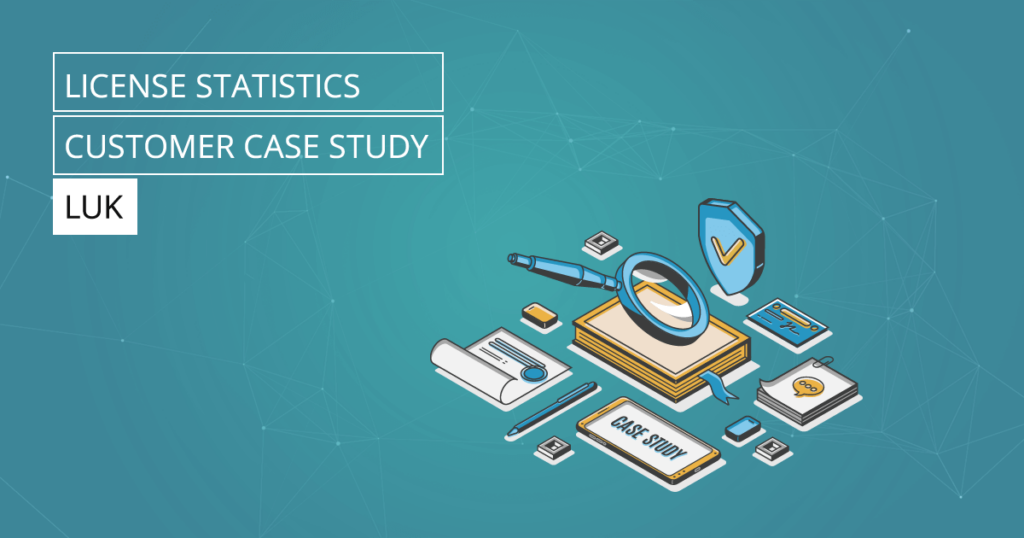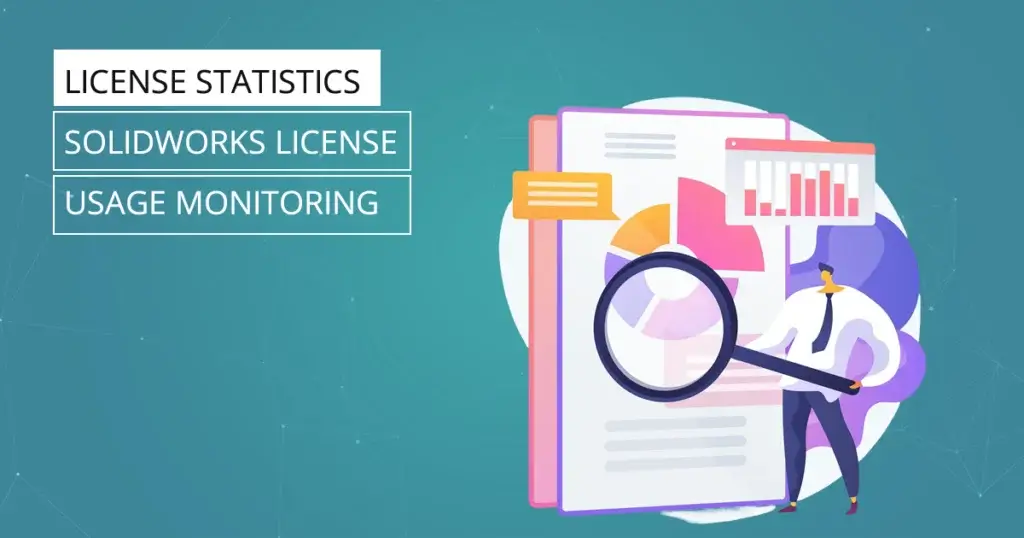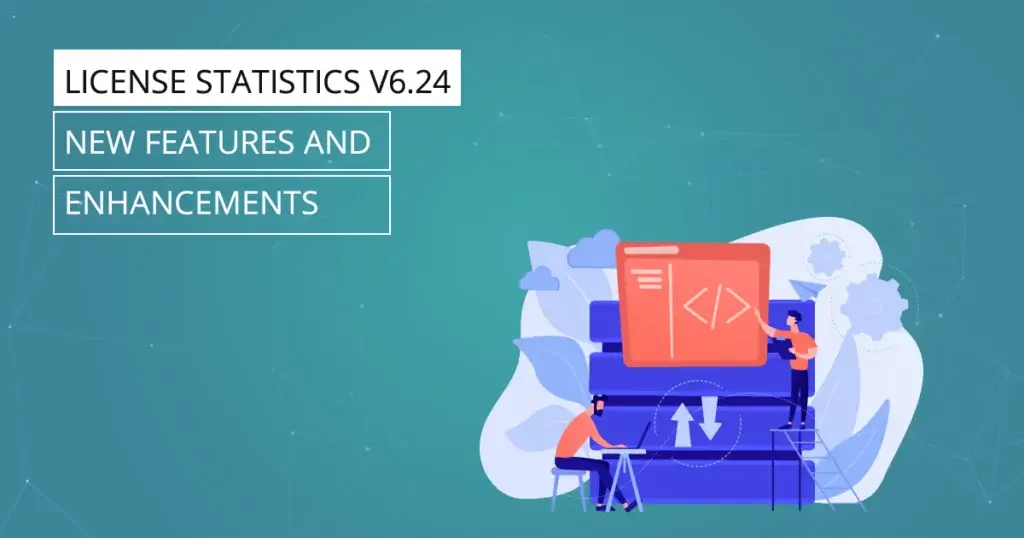LuK leverages License Statistics to reduce software license costs by analyzing floating versus single license use provided by License Statistics comprehensive data gathering solution.
Client: LuK
Problem: High Software License Costs
Solution: License Statistics
Problem
LuK, a member of the Schaeffler Group, is an renowned manufacturer of clutch and transmission systems, torque converters, and dampers for cars and tractors. One in every four new cars produced in the world carries a LuK clutch.
Founded in 1965 and headquartered in Buhl, Germany, LuK Has more than 9,500 employees at 18 sites around the world, producing 14 million clutches, 4 million lock-up clutches, and 5 million dual mass flywheels.
The Schaeffler Group is comprised of the well-known brands LuK, INA, and FAG. It is a leading manufacturer and supplier of ball and roller bearings, clutch and clutch releasing systems, and engine and transmission components.
LuK not only produces automotive hardware. Its 50-person software engineering team builds software for transmission technology using such specialized software tools as MKS, ETAS, Doors, Matlab, and Tricore. IT Coordinator Oliver Winkler wanted an accurate picture of floating versus single license usage to know what mix of licenses they really needed.
How LuK Approached It
X-Formation offered LuK a trial period to determine whether License Statistics would solve its business problems. “The trial was easy-going and we saw a lot of impressive new features, which led us to the decision to invest in it,” said Winkler. “The Web-based standard reports, easy installation, and straightforward configuration were what sold us on the product.”
After only six months’ use of License Statistics, Winkler had collected enough statistical data to precisely identify which software tools could be covered by floating licenses and which needed single licenses to support power users.
What It’s Like Now
“We were able to achieve significant license cost savings by adjusting the number of floating licenses,” Winkler added. “At the same time, I was able to quickly and in accurate detail see what licenses were required at any given time to prevent development delays.”
Thanks to License Statistics, LuK now effectively monitors its license usage to accurately plan license purchases while avoiding development process disruptions.
Winkler concluded, “We have used License Statistics for evaluating our software tool licenses. We have never experienced a problem with it and the level of support is very good.”



